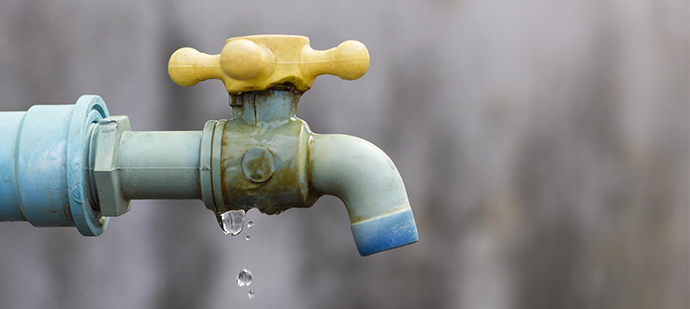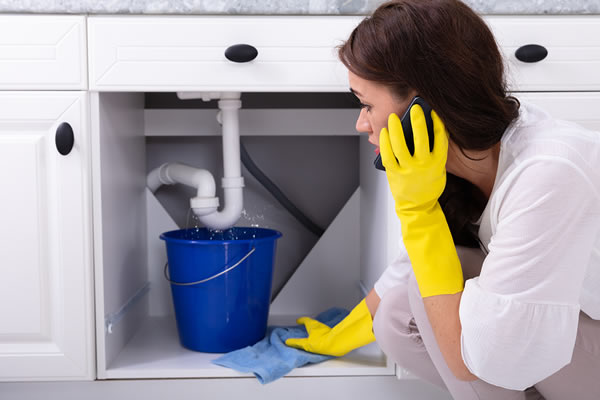Guide To Water Leak Detection At Home
Guide To Water Leak Detection At Home
Blog Article
They are making several great observations about Leaking water lines overall in the article following next.

Early discovery of leaking water lines can alleviate a possible disaster. Some tiny water leaks may not be noticeable.
1. Examine the Water Meter
Inspecting it is a surefire method that helps you discover leakages. If it relocates, that shows a fast-moving leak. This means you may have a slow-moving leak that can even be underground.
2. Inspect Water Consumption
Evaluate your water bills and track your water consumption. As the one paying it, you must see if there are any type of disparities. If you detect sudden changes, in spite of your intake coinciding, it means that you have leakages in your plumbing system. Bear in mind, your water costs must drop under the exact same range every month. An unexpected spike in your expense indicates a fast-moving leakage.
A stable increase every month, also with the exact same habits, reveals you have a sluggish leakage that's also gradually intensifying. Call a plumber to completely examine your home, specifically if you really feel a cozy area on your flooring with piping beneath.
3. Do a Food Coloring Test
30% comes from commodes when it comes to water consumption. Test to see if they are running effectively. Decline specks of food color in the storage tank and wait 10 mins. There's a leak between the tank and also dish if the shade somehow infiltrates your bowl throughout that time without flushing.
4. Asses Outside Lines
Don't forget to check your exterior water lines too. Ought to water leak out of the link, you have a loosened rubber gasket. One tiny leakage can squander tons of water as well as increase your water bill.
5. Evaluate as well as Analyze the Circumstance
House owners should make it a routine to check under the sink counters and even inside cabinets for any bad odor or mold growth. These two warnings show a leak so punctual interest is called for. Doing regular inspections, also bi-annually, can conserve you from a significant issue.
Much more notably, if you understand your residence is already old, keep a watchful eye on your heating systems, hose pipes, pipelines and so on. Check for discolorations and deteriorating as a lot of pipelines and also appliances have a life expectancy. They will certainly also normally degrade due to damage. Do not wait for it to intensify if you think dripping water lines in your plumbing system. Call a specialist plumber right now so you do not wind up with a horrible mess in your house.
Early detection of dripping water lines can minimize a prospective calamity. Some little water leakages may not be noticeable. Examining it is a surefire method that helps you discover leakages. One small leakage can throw away tons of water and spike your water bill.
If you presume leaking water lines in your plumbing system, do not wait for it to intensify.
How to Know If Your Home Has a Hidden Leak
Water Meter Reveals Inexplicable Water Usage
If you’d like to test whether or not there’s a leak somewhere in your home, you can do this using your water meter. Here is how to conduct the test:
Don’t use any water in your home for at least 30 minutes; this also means not turning on faucets or water-using appliances.
Go outside, and check your water meter for activity.
If your water meter shows that there was activity, even though no one was using any water, this proves that there is a leak in your home.Visible Mold or Mildew Growth
Leaks behind walls create moist, dark environments that allow mold and mildew to grow and thrive. Eventually, you might see mold growth forming on the wall closest to a hidden leak.
If mold is growing in an area that receives a high amount of moisture, such as a bathroom, it may simply be an indication that better ventilation is needed. However, if you see mold growth on a wall or the ceiling in an area where you would not expect, you probably have a hidden leak.
Musty, Mildew Odor
Sometimes you might not be able to see the mold or mildew that is growing as a result of a leak. However, the smell can give the problem away just as easily. If you catch a whiff of something musty, there’s a good chance that old water is collecting somewhere in your home that you can’t see.
Stained/Warped Walls, Ceilings, or Floors
When your home soaks up water, a variety of red flags can become visible, including ceiling stains, bubbling drywall, warped walls, and sagging floors. While these issues can be caused by excess humidity, they can also be signs that a pipe or plumbing connection has started leaking behind your walls.
Inexplicably High Water Bill
After a while, you get a general sense for what your water bill should be. If you own a pool or sprinkler system, your bill will tend to be higher during summer. However, if you receive a water bill that seems especially high, and you can’t figure out what caused it, then you may have a hidden leak somewhere that’s increasing your bill.
https://www.plumbingjoint.com/blog/2019/july/how-to-know-if-your-home-has-a-hidden-leak/

Hopefully you liked our excerpt about Leaking water lines. Thanks a ton for taking the time to read our article post. For those who enjoyed our post if you please do not forget to pass it around. Thanks so much for your time spent reading it.
Report this page